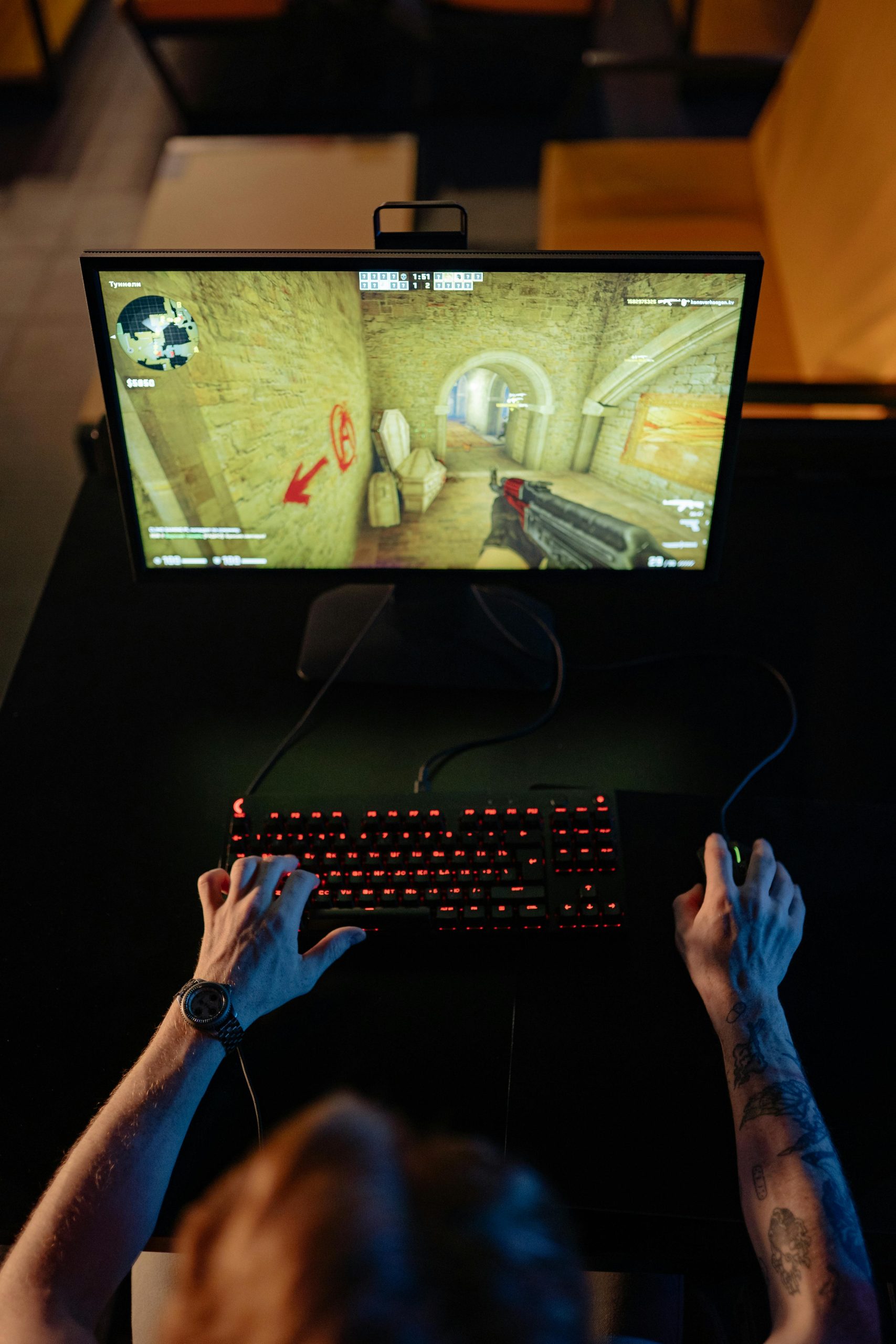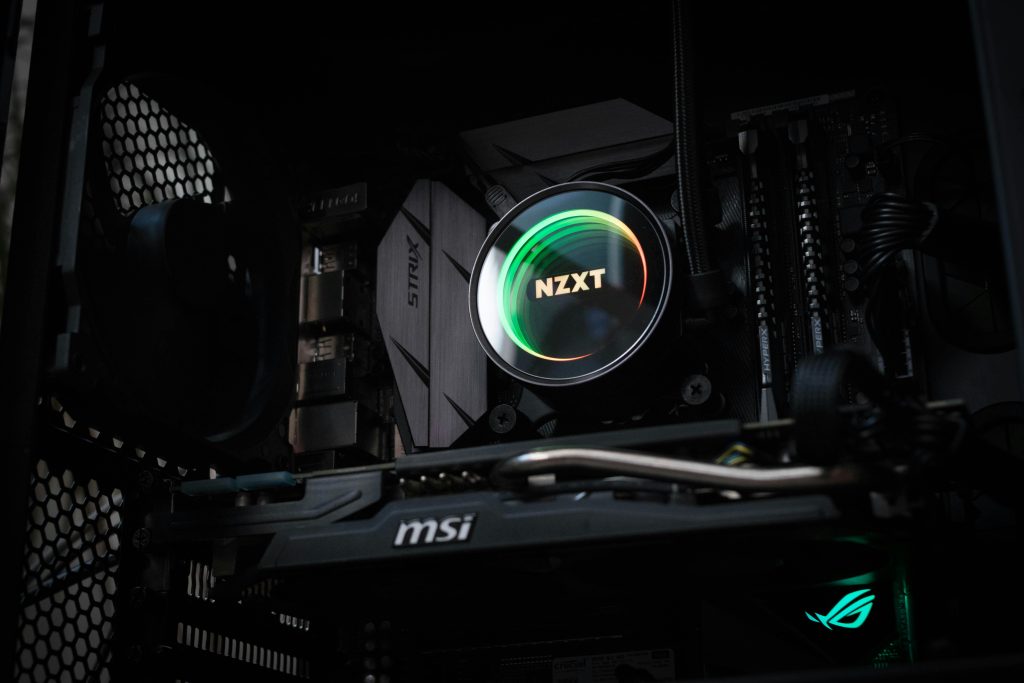Understanding and Troubleshooting Severe FPS Fluctuations on Windows 10 Gaming Systems
Experiencing consistent and dramatic fluctuations in frame rates during gaming can significantly hinder your gaming experience. If you find your system dropping hundreds of frames every few seconds—sometimes starting at high FPS and then plummeting to the 40s—it’s a sign that some underlying issue needs addressing. This comprehensive guide will help you identify common causes, troubleshoot effectively, and optimize your system for smoother gameplay.
Common Symptoms of FPS Fluctuations
- Rapid and unpredictable frame drops, sometimes from hundreds of FPS down to the 40s
- Inconsistent performance across multiple titles
- Periodic performance dips rather than sustained issues
- Frustration due to unpredictable gaming experience
Potential Causes
Several factors could contribute to such fluctuations, including hardware limitations, driver issues, background processes, overheating, or system settings. Let’s explore these possibilities:
- Hardware Resources and Usage
- Insufficient cooling or overheating can cause thermal throttling, reducing performance.
-
Background applications consuming CPU, GPU, or disk resources can interfere with gaming performance.
-
Driver and Software Issues
- Outdated or incompatible graphics drivers often cause performance instability.
-
Windows updates or game updates might conflict with existing drivers or system settings.
-
Power Settings and Management
- Power plans set to ‘Power Saver’ can limit hardware performance.
-
Incorrect BIOS or firmware settings might impact hardware efficiency.
-
System Configuration and Settings
- Resolution and graphics settings exceeding hardware capabilities can cause lag.
- V-Sync and frame rate caps may inadvertently induce performance issues.
Step-by-Step Troubleshooting and Optimization
To systematically address FPS fluctuations, consider the following steps:
1. Monitor Hardware Temperatures and Usage
- Use tools like MSI Afterburner, HWMonitor, or NZXT CAM to keep track of CPU, GPU temperatures, and usage.
- Ensure your laptop’s cooling system is functioning properly; clean vents and fans if necessary.
- If components are overheating (>85°C), consider improving airflow or reducing in-game graphics settings.
2. Update Graphics Drivers
- Visit the official NVIDIA website or use NVIDIA GeForce Experience to ensure you have the latest drivers compatible with your RTX 3070 Laptop GPU.
- Occasionally, clean install drivers to eliminate conflicts:
- Download the latest driver
- Use the ‘Custom’ install option and select ‘Perform a clean install
Share this content:



